Principal Investigators

Prof. Dr. Hans Peter Oepen
Although retired since 2019 Prof. Oepen continues to work part time on nano-magnetism with the quantum transport group. He received his PhD in 1984 from the RWTH Aachen, worked at the Research Center Jülich and the Max-Planck-Institute for Microstructures in Halle, Germany, before joining the Universität Hamburg as Professor for Experimental Physics in 1999. He was Deputy Speaker of the Collaborative Research Center (CRC) SFB-668 from and Research Coordinator of the Landesexzellenzinitiative ‘Nano-Spintronics’.

Prof. Dr. Mehmet Bayindir
Dr. Mehmet BAYINDIR received his Ph.D. degree in physics from Bilkent University in 2002. He worked as research scientist at MIT. After returning to Turkey, he took part in establishing National Nanotechnology Research Center (UNAM) at Bilkent University. He served as the deputy director of UNAM from 2006-2013, and director until 2016. The synergy of around 400 world-class researchers and staff, made UNAM one of the top research centers in the region during his tenure. He is the author of over 100 articles published in high-impact journals and he holds 8 US and PCT patents on fiber-based sensors, smart surfaces, and piezoelectric nanomaterials. His group is a frontier in the world on multi-material fiber-based nanostructures and sensors. He received the ERC Consolidator and ERC Proof of Concept grants. He has been visiting professor at Center for Hybrid Nanostructures at University of Hamburg since February 2020. He recently received the Alexander von Humboldt Friedrich Wilhelm Bessel research award.
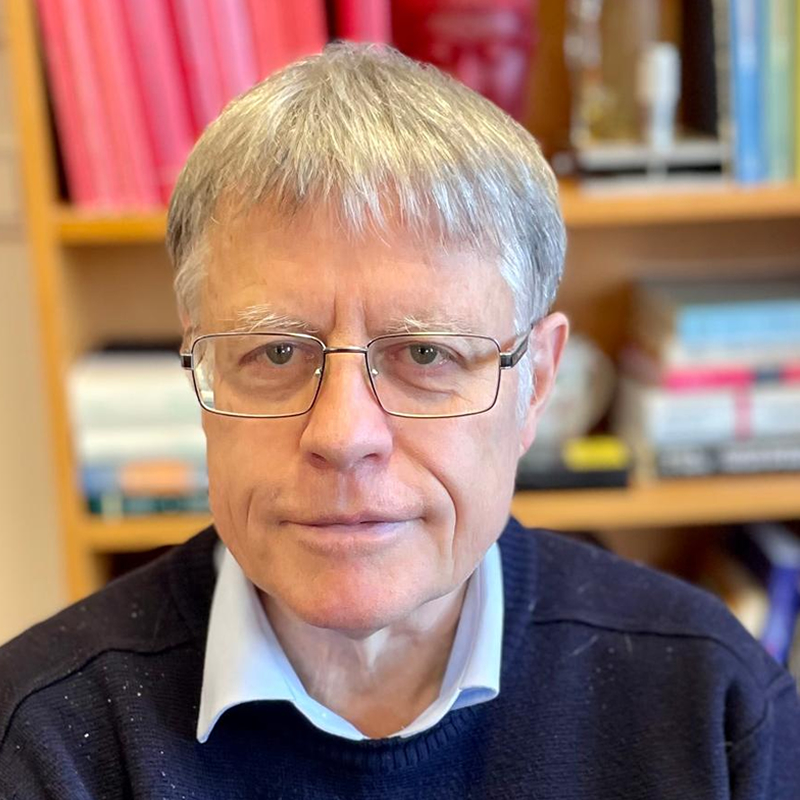
Guest Professor Mathias Winterhalter
Mathias Winterhalter is currently visiting scientist and Professor of Biophysics at Jacobs University Bremen and from 1998-2003 Professor at the Université Toulouse Paul Sabatier (Institut Pharmacologie et Biologie Structurale, CNRS UMR 5089). In addition, from 2013-2018 he was Leader of the Managing Entity of Translocation, a private-public partnership within the New Drugs against Bad Bugs platform of the Innovative Medicine Initiative and in 2012 Visiting Scientist at the EPFL Lausanne. He obtained his Habilitation at the Biozentrum Basel (1996) and his PhD at the Freie Universität Berlin under the guidance of Professor W. Helfrich in 1988. His research interest is in molecular transport.
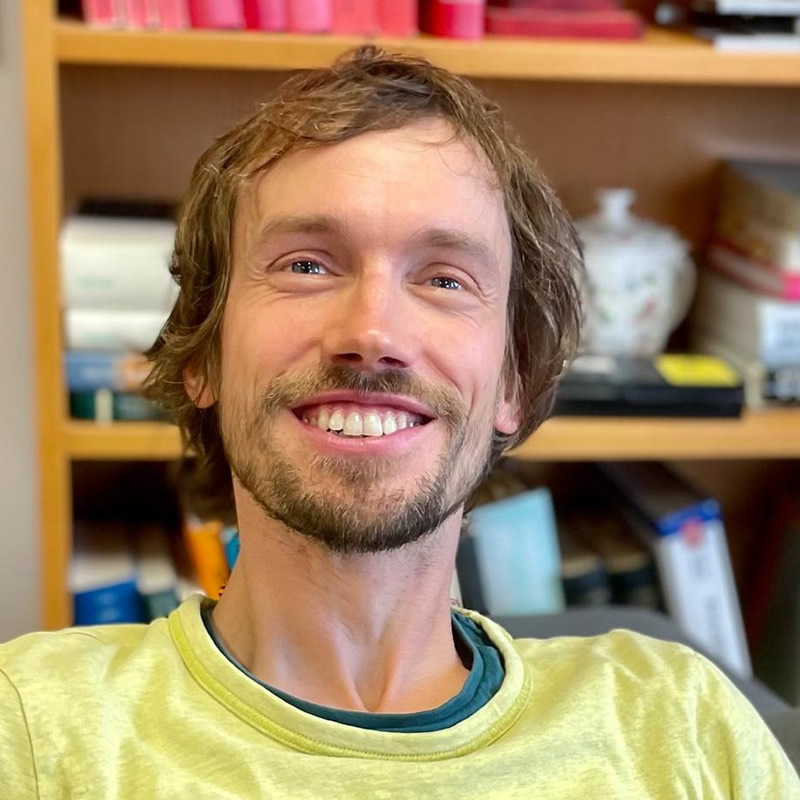
Dr. Robert Zierold
Dr. Zierold studied (Medical) Physics at the Martin-Luther-University Halle-Wittenberg. After finishing his diploma thesis at the Max-Planck-Institute for Microstructures in Halle, he performed his PhD at the Institute of Applied Physics at Universität Hamburg. Already, at the age of 33 he took a permanent senior faculty position leading the Bio-Materials Team in Prof. Blick’s group. His special research interest is in atomic layer deposition (ALD), which is utilized to prepare nano- and microstructures for application in superconductivity, thermochromics, and photonic crystals. Moreover, he and his research team are exploring tailor-made nanostructures as artificial cell culture substrates for guiding neuronal network formation and as novel detector concepts in protein mass spectrometry.

Dr. Christian Heyn
The focus of Christian Heyn’s research activities is the fabrication and characterization of epitaxial semiconductor quantum structures based on molecular beam epitaxy (MBE). MBE allows the fabrication of crystalline nanostructures from ultra-clean semiconductors with perfect control of size and composition. He studies the fundamental mechanisms of epitaxial growth including self-assembly of quantum dots (QDs) and self-rolling nanotubes. Over the last years he developed and optimized a method for the generation of strain-free GaAs QDs by a liquid metal droplets etching for applications in quantum information technology. The aim is to tailor the quantized energy levels inside the QDs and their tunability by external electric and magnetic fields. Christian Heyn has published 247 reviewed articles with 4,715 citations and an h-index of 38 (November 2022, https://www.researchgate.net/profile/Christian-Heyn)

Dr. Lars Tiemann
Dr. Lars Tiemann is scientist in the group working on Quantum Transport. After receiving his PhD in Physics working in the group of Prof. Klaus von Klitzing at the Max-Planck-Institut for Solid-State Research in Stuttgart, Germany, he was postdoctoral scholar at NTT Research Laboratories in Japan. He then continued to work on low-dimensional electron gases with Prof. Werner Wegscheider at ETH Zurich, Switzerland, before moving to Hamburg. At the Center for Hybrid Nanostructures he is also responsible for running the low-temperature group in charge of the helium liquefier.
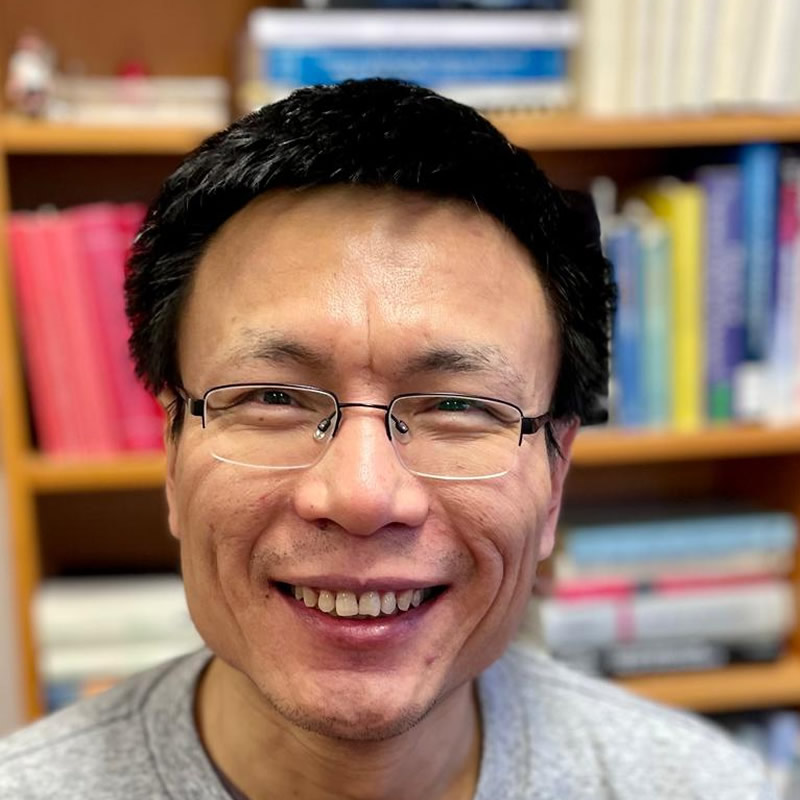
Dr. Haisen Ta
Dr. Ta studied fluid mechanics at Peking University in China. After his PhD in single molecule spectroscopy in the Ruprecht Karl University of Heidelberg, he joined Stefan Hell’s group as a postdoc at Max-Planck-Institute for biophysical chemistry in Goettingen and worked in the field of super-resolution microscopy. He continued to work on light and material interaction in Prof. Blick’s group. His expertise lies in optical systems, esp. in fluorescence microscopy, and DNA nanotechnology (DNA origami).
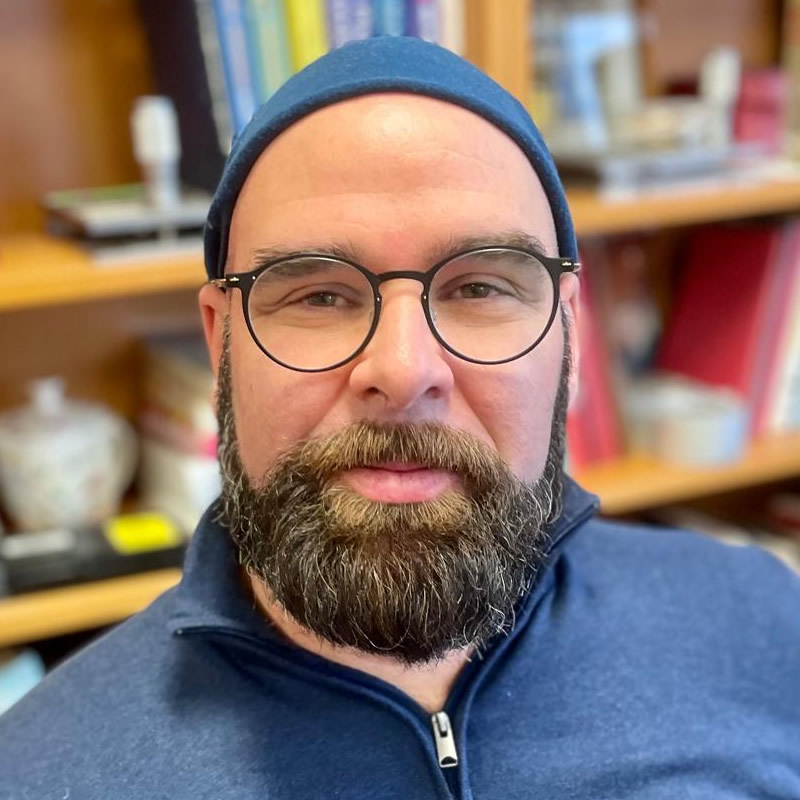
Dr. Peter Gaal
Dr. Peter Gaal and his group study structural dynamics in functional materials. One focus of the group lies on multiferroic thin films and their temperature and strain-induced dynamics. A second important research topic are semiconductor nanostructures for advanced photon emission and detection. The group employs ultrafast laser pulses to generate and monitor tailored strain pulses with acoustic frequencies up to the THz range. To monitor structural dynamics, the group also performs synchrotron-based X-ray Diffraction and X-Ray Imaging measurements on a regular basis. Finally, the group develops so-called Active X-Ray Optics for time-sensitive synchrotron experiments. This activity led to the foundation of the start-up TXproducts.
Peter studied electrical engineering in Berlin and in Paris. He received his doctorate from HU Berlin on nonlinear charge transport in doped GaAs. He is head of the X-Ray Optics Group at Leibniz-Institut für Kristallzüchtung in Berlin and a guest scientist at CHyN. He is also a co-founder and CEO of the group’s spin-off TXproducts.
Staff
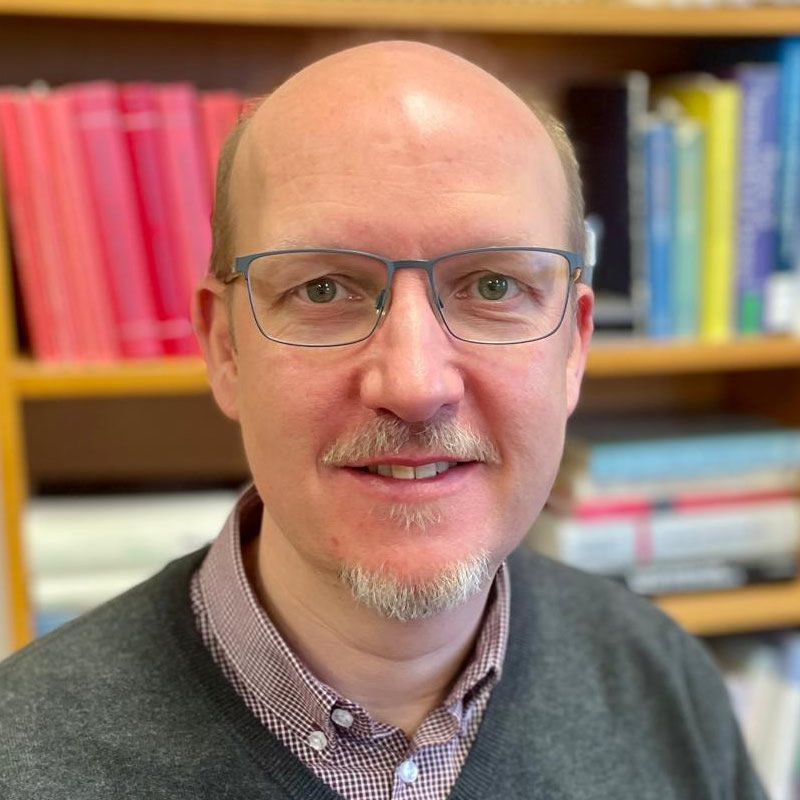
Thomas Finger
As our group‘s chief engineer, Thomas Finger leverages his extensive clean room experience to manage not just our own labs, but also the Blick group’s clean room facilities across CHyN. His meticulous attention to detail and deep understanding of clean room protocols ensure a safe and optimized environment for all researchers. This not only safeguards the integrity of experiments within our group but fosters a successful research environment for other Blick group teams at CHyN.

Katja Finger
Katja Finger is the backbone of our group‘s administrative operations. Beyond handling most of the day-to-day tasks, she plays a crucial role in the Blick group’s financial health, ensuring all expenditures are meticulously tracked and budgets are adhered to. Furthermore, Katja brings a unique advantage to our collaborative environment – her fluency in multiple languages allows her to effectively communicate with researchers and collaborators across international borders, fostering a seamless exchange of information and ideas within the Blick group.

Bojan Bosniak
Bojan Bosnjak is a highly skilled engineer in the Blick Group, specializing in clean room operations and nanostructuring. His expertise ensures the precise execution of nanofabrication processes. Bojan‘s problem-solving abilities, collaborative nature, and knowledge-sharing enhance the team’s capabilities, making him a valued member contributing to cutting-edge nanoscience research.
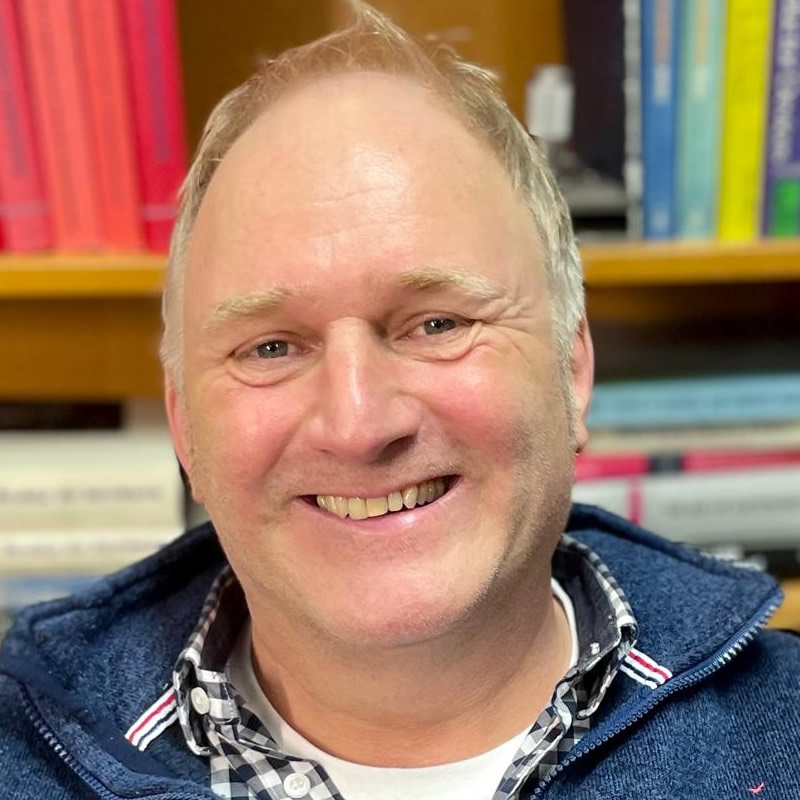
Mathias Hein
Matthias Hein is a dedicated technician in the Blick Group, providing crucial support for both clean room and laboratory activities. His role is instrumental in ensuring the smooth operation of various experiments and projects. Matthias is recognized for his technical proficiency and meticulous attention to detail, which are vital in maintaining the precision required for nanoscience research.
Postdoctoral Associates

Pai Zhao
Dr. Pai Zhao is leading the research of surface acoustic waves (SAW), including fundamental investigations of interaction between SAW and van der Waals materials, i.e., graphene and TMDCs, and applications of SAW strain sensors and SAW modulated liquid crystalline elastomers for displays.
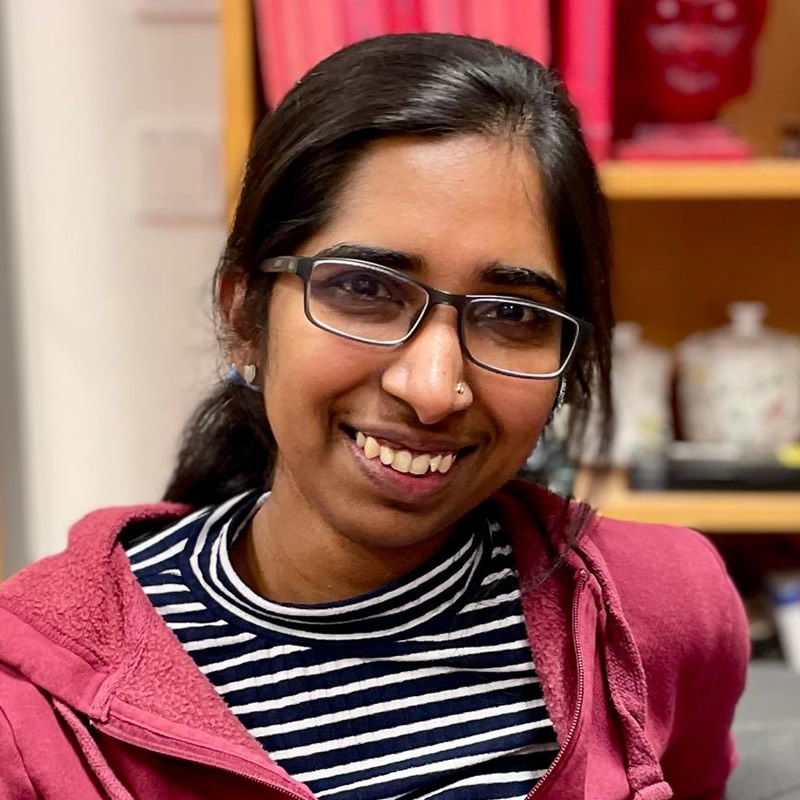
Chithra H. Sharma
Dr. Sharma received her PhD in Physics in 2019 while at IISER Thiruvananthapuram working in the group of Dr. Madhu Thalakulam. She is a recipient of Alexander von Humboldt post-doctoral fellowship. She is currently working with the group of Prof. Kai Rossnagel’s group in CAU Kiel. Dr. Sharma is investigating correlated electron states in twisted transition metal dichalcogenides (TMCs) Moirè superlattices and electron-spin-resonance (ESR) and van-der-Waals (vdW) heterostructures made of TMCs. She is also interested in combining surface acoustic waves with TMC-based vdW-heterostructures.

Stefanie Haugg
Microchannel plates (MCPs) are used for the detection and signal amplification of energetic particles with outstanding spatial and temporal resolution. However, the conventional fabrication method restricts the channel design and dimensions, which also limits further optimization of the MCP performance. I am working on the direct laser writing of MCPs by two-photon polymerization, which allows for the generation of nearly arbitrary 3D shapes down to the sub-micrometer size. This project focuses on the generation and characterization of 3D printed MCP detectors tailor-made for specific applications, such as the detection of ionized biomolecules in time-of-flight mass spectrometers.
Doctoral Students

Carina Hedrich
I work on (supercycle) atomic layer deposition (ALD) and tailor-made nanostructures for application in photonics and photocatalysis. Therefore, photonic crystal templates such as anodic aluminum oxide or nanosphere opal structures are fabricated to control the light-matter interaction. Furthermore, these templates are functionalized with different oxides by ALD and their structural, optical, and photocatalytic properties are studied.
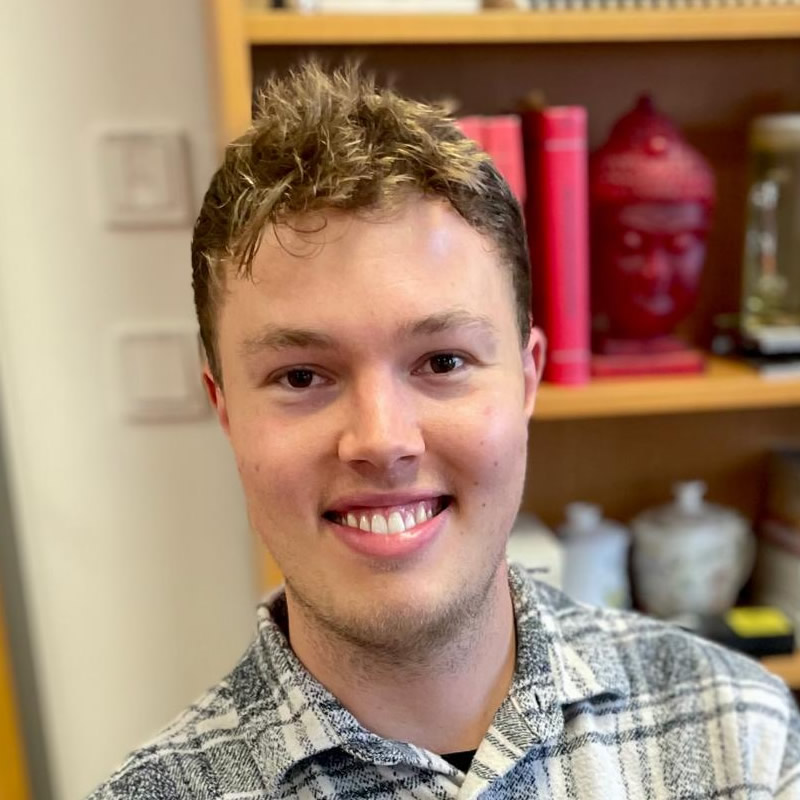
Vincent Strenzke
I’m working on graphene heterostructures that I want to combine with superconducting junctions and microwave resonators. These are key ingredients for devices that could be very useful for quantum information and radioastronomy science.

Isabel González Díaz-Palacio
I work on the strategy for developing superconducting radio frequency (SRF) cavities used at particle accelerators by nanostructuring multilayers with plasma-enhanced atomic layer deposition (PEALD). The next generation of tailored thin-film based cavities would allow for more efficient and sustainable accelerators operating at higher energies. In particular, I study multilayers consisting of AlN as dielectric and NbTiN as superconductor.
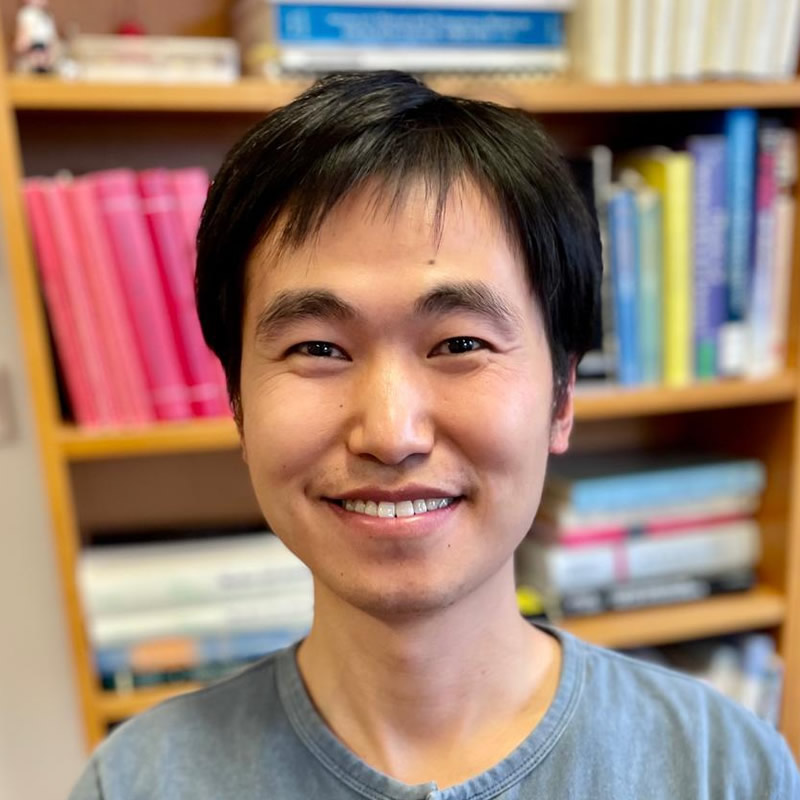
Jun Peng
My current research focuses on atomic layer deposition (ALD). Specifically, ALD is used to explore materials with insulator-to-metal transition phenomena and further construct tailor-made switchable photonic crystals. In the meantime, I am trying to extend more possibilities for the ALD technique.
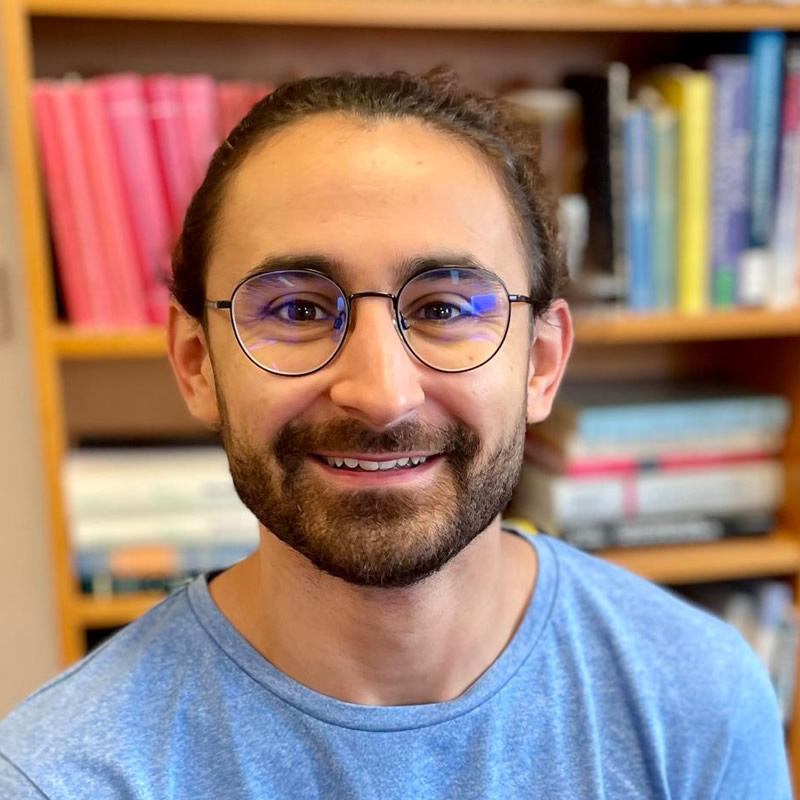
Malte Siegmund
Building and analysing neuronal networks of advanced biological cell types is crucial to improve neurodegenerative disease models. In my work, I 3D print microscaffolds as cultivation platforms for human induced pluripotent stem cell (hiPSC)-derived neurons to design 3D neuronal networks in vitro. In combination with molecular biological analysis tools and implemented electrical circuits for cell-specific excitation and electrical readout these tailored networks may take a step toward brain-on-a-chip (BoC) application.
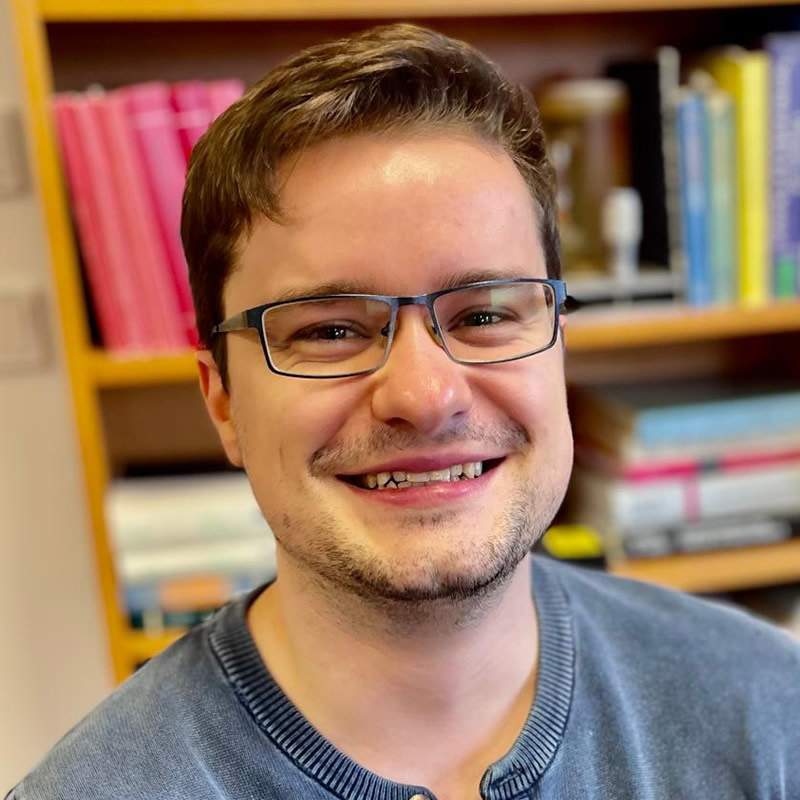
Kristian Deneke
My work consists of functionalization and optimization of 3D nano-printed microchannel plate detectors. Therefore, I take advantage of the design freedom offered by two-photon direct laser writing on the one hand, and the precisely controlled and uniform growth of thin films by atomic layer deposition on the other. A microchannel plate (MCP) optimized in this way could not only be an improvement for previously used MCPs, but could also expand the range of detectable particles.

Ahmed Aksar
My work focusses on study of GaAs cone-shell QDs, which is fabricated by a combination of Al local droplet etching method (LDE) of nanoholes in AlGaAs surfaces using self-assembly mechanisms during molecular beam epitaxy (MBE). The structural properties of the QDs are studied with atomic force microscopy (AFM) and the optical emission with single-dot photoluminescence (PL). Also using the focused ion beam (FIB) to study the development of MBE compatible masking techniques to help for controlling the positions, shape and the size of QDs to improve its optical properties.

Daniel Hensel
Master Students

Kilian Krötsch

Franziska Linss

Christian Elsässer
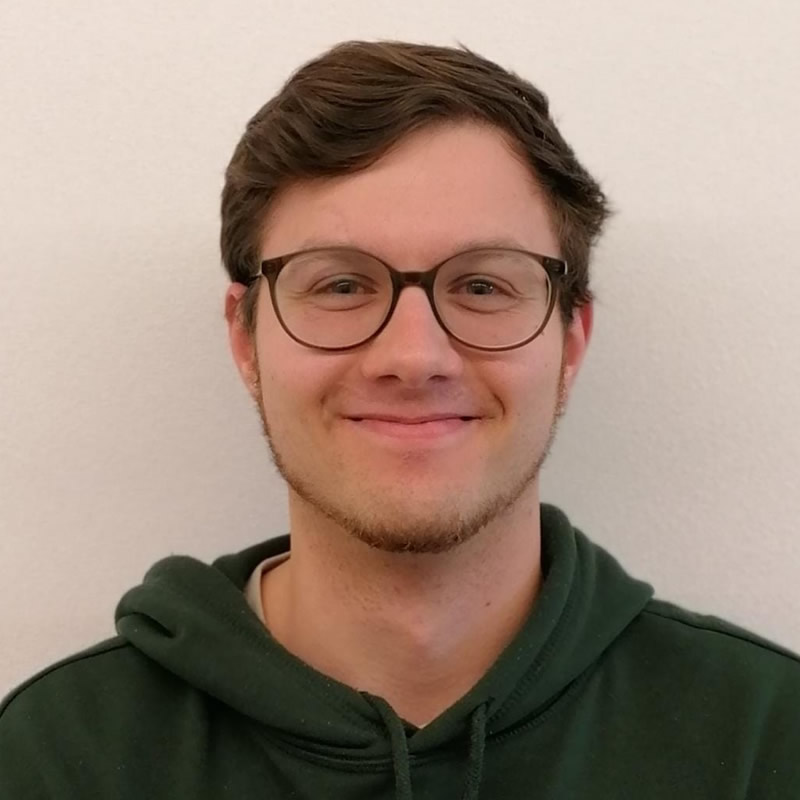
Jan Stelzner
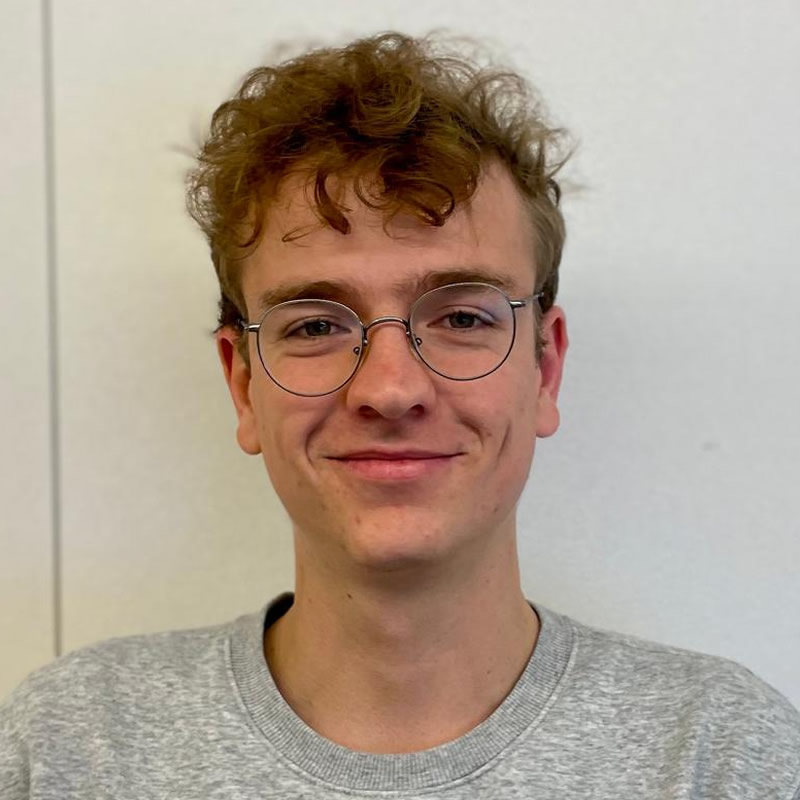
Noah Spitzner
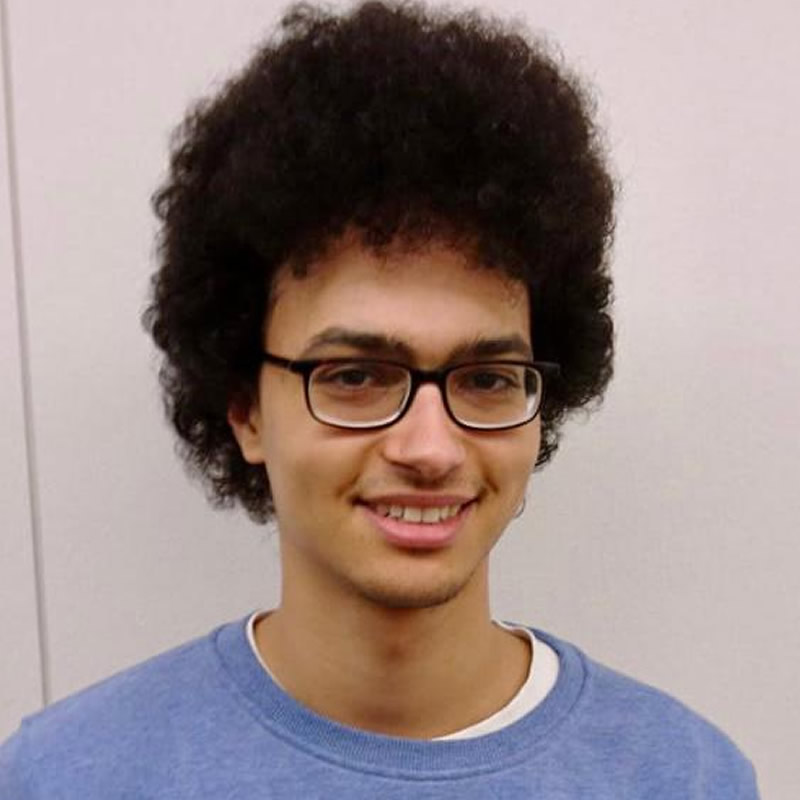
Luis-Felipe Mochalski
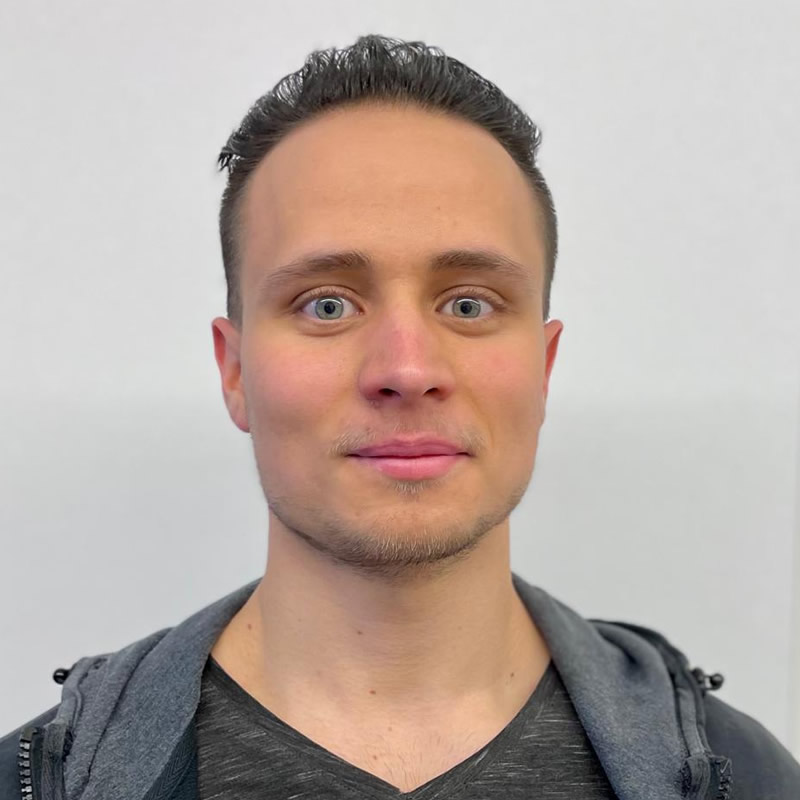
Peer Heydolph

Isabel Grandt-Ionita
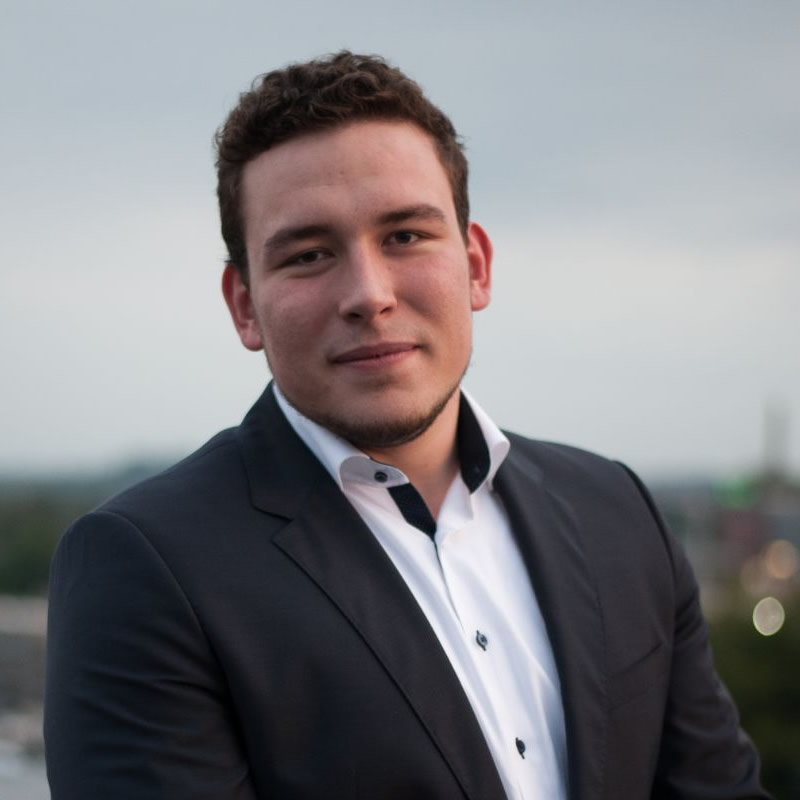
Bent Andersen
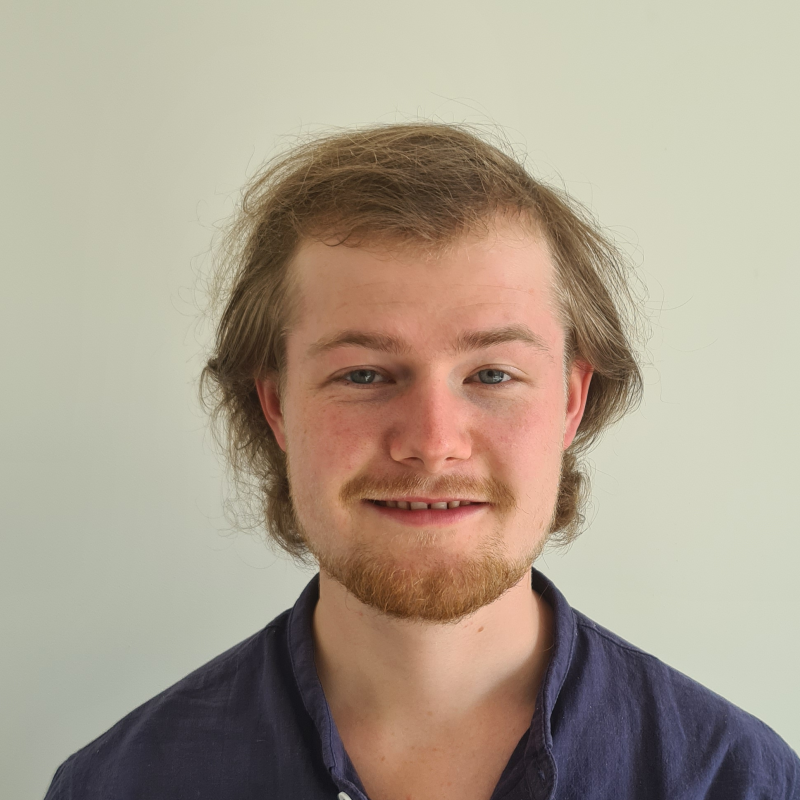
Jonah Fischer
Alexander Schrader
Undergraduate Students
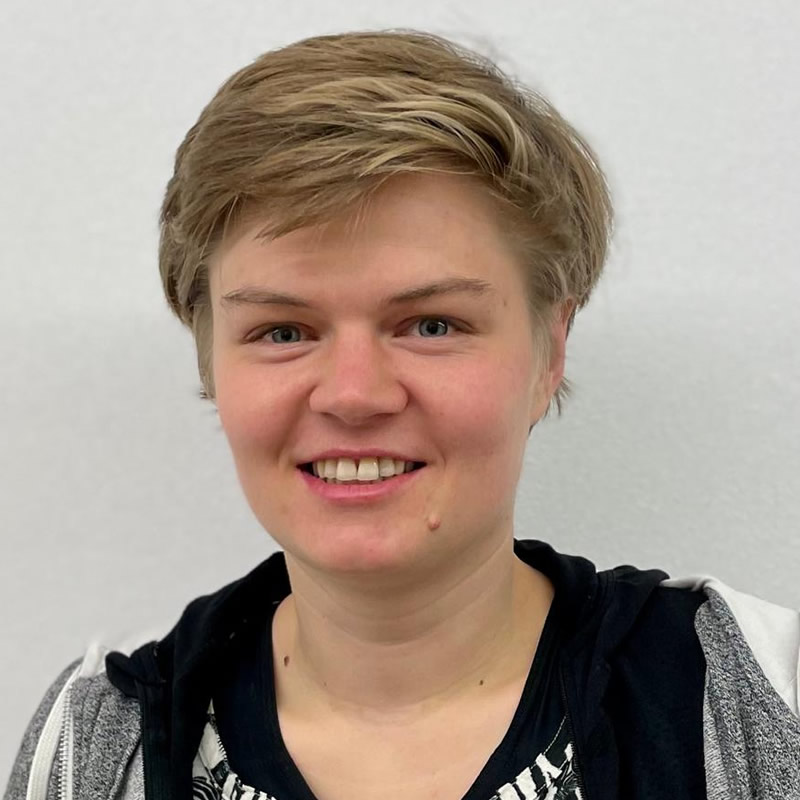
Paulina Loreth
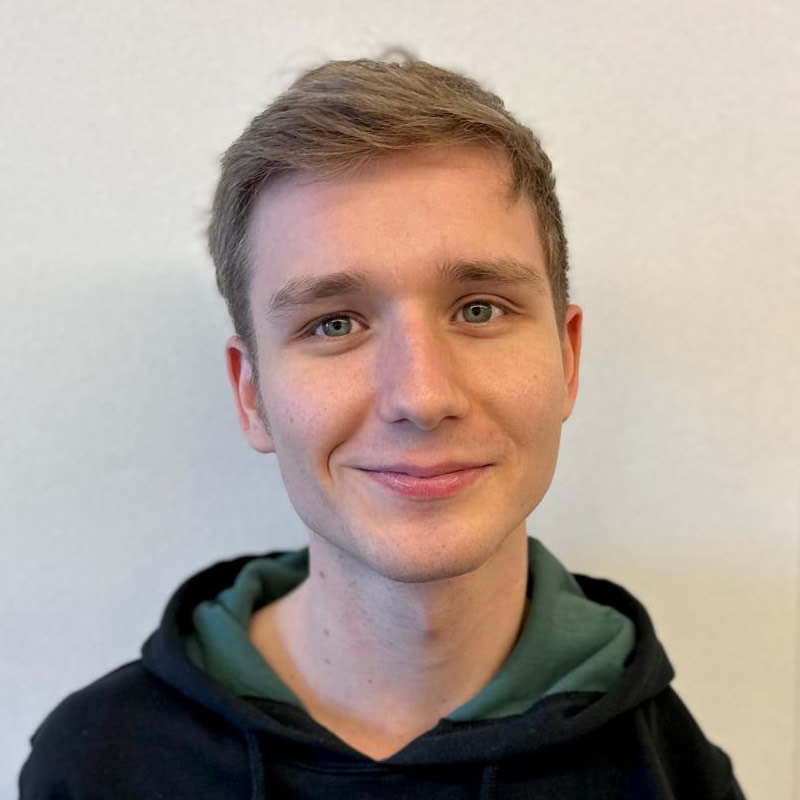
Achim Fraembs

Maida Pintul

Emma Wollensen

Richard von Wurmb
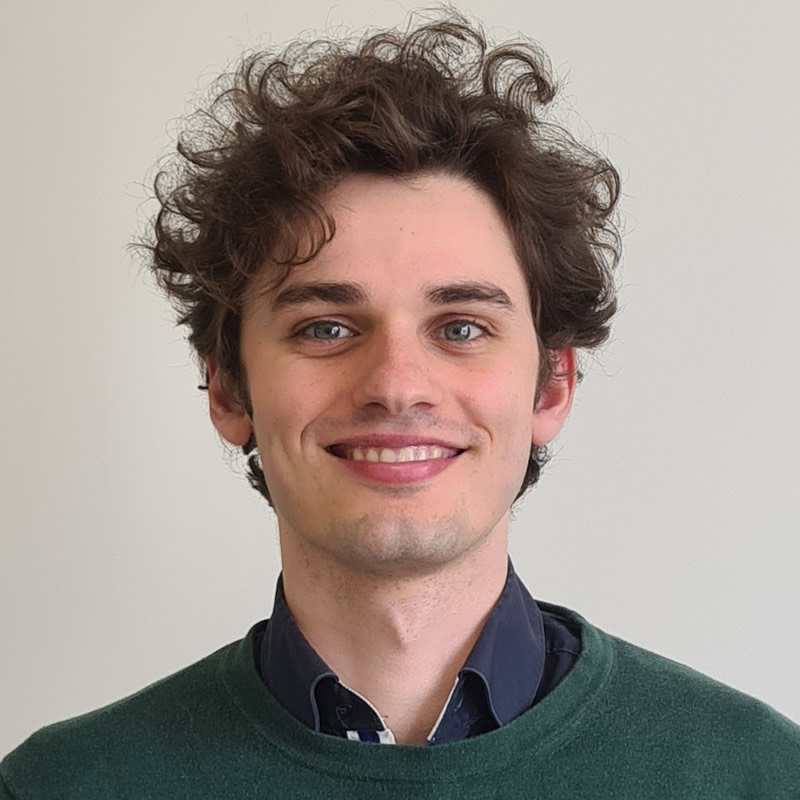
Maximilian Phielepeit
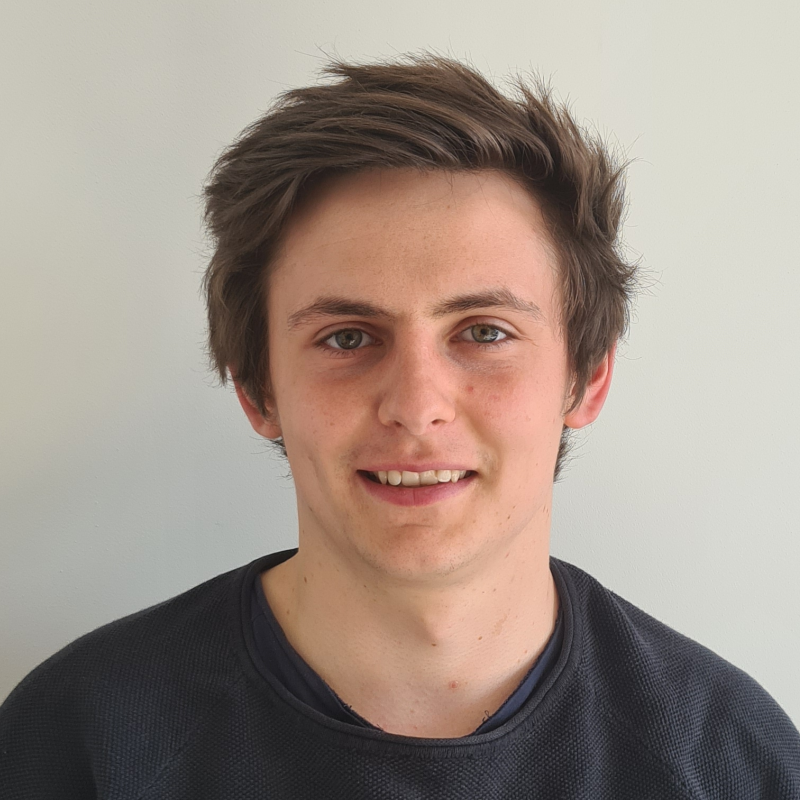
Linus Pfeiffer
Achim Fraembs
Heidrun Araujo Freese
Alumni
- Dr. Gerd Neuber
GERMANY - Dr. Cornelius Fenlder
Medical School Hamburg (MSH)
GERMANY - Dr. Paul Gwozdz
Hamburger Pensionsverwaltung eG
GERMANY - Dr. Parisa Bayat
GERMANY - Dr. Maria Arbulu
Prospero BioSciences S.L.
BASQUE COUNTRY, SPAIN
www.prospero-biosciences.com - Dr. Cornelius Bausch
Fraunhofer IMM
GERMANY
- Dr. Florian Beil
Physics
Booz & Hamilton, GERMANY
- Abhishek Bhat, PhD
Electrical Engineering
UW-Madison, USA
www.wisc.edu
- Dr. Thales DeOliveira
TU-Dresden
GERMANY
- Dr. Diana Deterra (formerly Hildebrand)
GERMANY
- Dr. Andre Drews
GERMANY
- Dr. Jens Ehlermann
Physics
Bosch, GERMANY
www.bosch.com
- Dr. Artur Erbe
Physics
Forschungszentrum Rossendorf, GERMANY
- Dr. Niels Fertig
Physics
Nanion GmbH, GERMANY
www.nanion.de
- Christian Heusinger
Dipl. Phys.
GERMANY
SpiritOfLogic GmbH
- Prof. Alex Holleitner
Physics
Technical University of Munich, GERMANY
- Prof. Andreas Huettel
Physics
University of Regensburg, GERMANY
- Chulki Kim, PhD
Physics
Korean Institute of Science and Technology (KIST), KOREA
- Hyunseok Kim, PhD
Electrical Engineering
Agency for Defense Development (ADD), KOREA
Hyunseok Kim, PhD
- Prof. Hyun-Seok Kim
Electrical Engineering
Dongguk University, Seoul, KOREA
- Thomas Klings
M.Sc. Physics
GERMANY
- Dr. Aune Koitmae
University Medical Center Hamburg-Eppendorf
Germany
- Dustin Kreft, PhD
Electrical Engineering
Thermo-Fisher, Inc., USA
- George Kumar, PhD
Physics
USA
- Timothy Lyon, PhD
Intel
USA
- Prof. Jonghoo Park
Electrical Engineering Kyungpook National University, Daegu,
KOREA
- Dr. Larua Pescini
Physics
GERMANY
- Prof. Hua Qin
Physics
Suzhou Institute of Nano-Tech and Nano-Bionics,
Chinese Academy of Science,
CHINA
- Dr. Dominik Scheible
Physics
Hoffmann & Eitle, GERMANY
- Nakul Shaji, PhD
Electrical Engineering
Cypress, Inc., USA
- Hyun-Cheol Shin, PhD
Electrical Engineering
Intel, Inc., USA
- Dr. Jonas Sichau
Germany
- Prof. Friedrich Simmel
Physics
Technical University of Munich, GERMANY
www.tum.de
- Eric Stava, PhD
Electrical Engineering
Illumina, Inc., USA
www.illumina.com
- Dr. Armin Tilke
Physics
Infineon AG, GERMANY
- Prof. Ryan Toonen
Electrical Engineering
Akron University, OH, USA
- Prof. Eva Weig (nee Hoehberger)
Physics
University of Konstanz, GERMANY
- Minrui Yu, PhD
Electrical Engineering
Applied Materials, Inc., USA
- Mo Zhao, PhD
Electrical Engineering
MathWorks, Inc.,
USA

